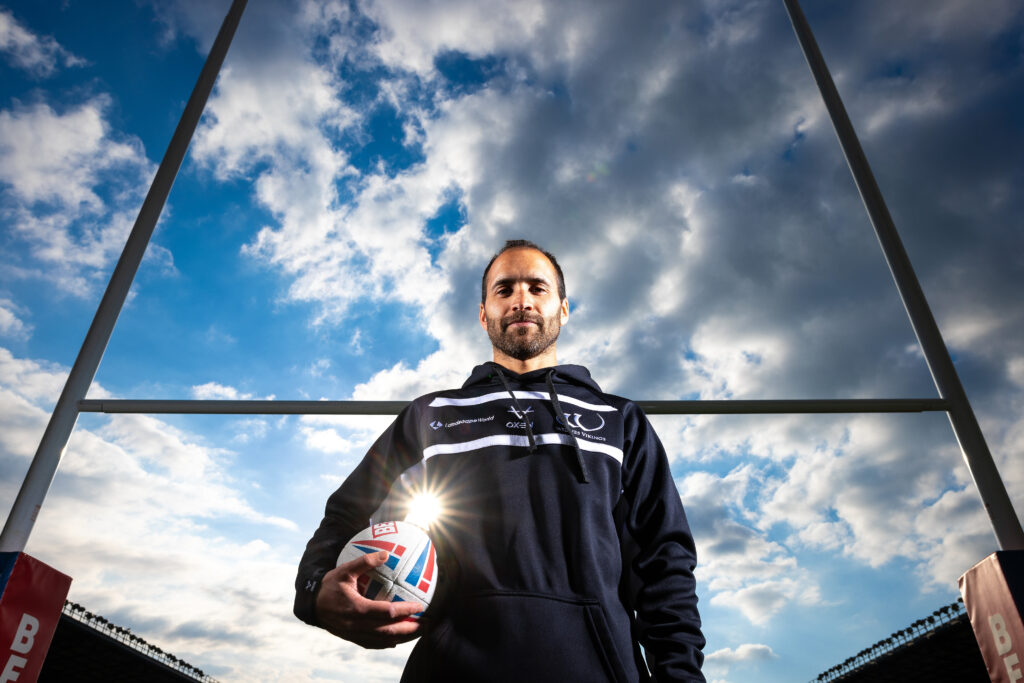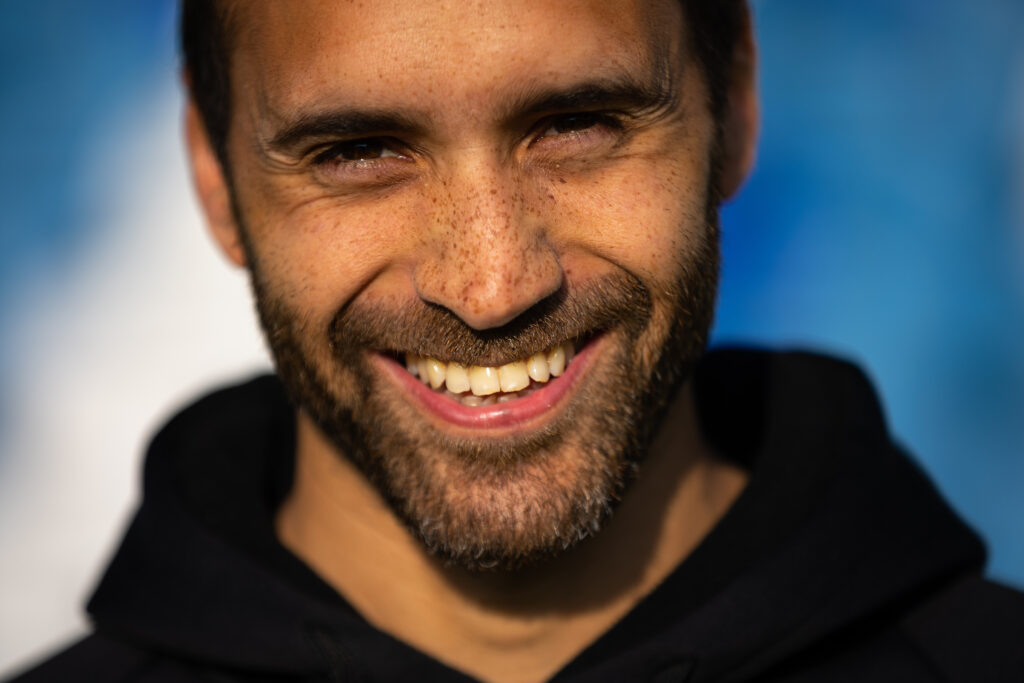
Lessons from working in high performance sport
Having worked within high performance sport in the UK, the pressures on young, promising athletes to reach their full potential is immense and can lead to extra physical as well as emotional stress, especially where injury is concerned. I’ve seen it on many occasions where an injury occurs and the player’s immediate thoughts are one of:
‘’is it serious?’’
‘’when will I be back playing?’’
Fair questions to ask, and similar to the thoughts of parents and coaches alike.
When the injury occurs, players are deflated, understandably so and therefore it’s vitally important to talk to the player, reassure them, explain the injury process and to make informed collaborative decisions around the recovery process. These decisions absolutely need involvement from the player, parents, coaches, performance staff as well as physios.
In the high performance set up, we have the luxury of being able to provide regular input to each player, each day/week and can guide them through the recovery process, monitoring them carefully and utilising state of the art technology.
However, outside of the high performance setting where there are still promising young athletes needing rehabilitation and a return to sport, that type of regular monitoring of training load and player wellness, just isn’t there. As a result, it’s not uncommon for some athletes to burn out very quickly and even struggle to return to sport post injury, let alone performance. This could be for a variety of reasons - time pressures, unable to access appropriate rehabilitation, ignorance of recovery and it’s importance, unable to afford rehab services.
Take a knee injury as an example; Often when the player regains full range of pain free movement and strength, can run and jump, hop and land, can change direction, they can be discharged from Physio, however, in my opinion, that end stage of rehabilitation is a vital component of the recovery pathway which is missed or cut short where injury is concerned especially if players are drifting back into school or club set ups that have minimal frameworks or resources for end stage rehabilitation. I.e. bridging the gap between rehab and return to sport.
In the high performance setting, end stage rehabilitation would involve the player transitioning more to working in the gym and on the field with physios and strength and conditioning professionals, getting closer to mimicking a weekly training pattern/frequency to what would be expected when fully fit. Those sessions would be challenging for the player in order to provide the right overload stimulus, whilst he/she is carefully monitored during and after the session. One has to take into consideration the length of lay off from the injury and the load demands with return to sport/training. This cannot be rushed. I.e. Building up running load, volume and intensity can take anywhere from a few weeks to several months, depending on the injury and the players training schedule. Certain injuries like hamstrings and calf strains are notorious for re-occurring within the first 2 weeks when the athlete is reintroduced to sport too early.
With all my clients I like to keep in regular contact with them through the recovery process, keeping check on things like training load, intensity and specifics and also just making sure they’re coping with the demands. Small little changes can easily be made through the training week if it means minimising the risk of injury or preventing slowing of the recovery process. Providing the player and all relevant parties involved are aware of the changes, player welfare is kept top of the agenda. Being able to have a 1:1 focus on field and gym based rehabilitation is key for me because we can keep on top of the variables within our control and modify rehabilitation/performance sessions depending on the player that day/week. The rehab process is never straight forward; There are highs and lows, sometimes some setbacks and a whole plethora of emotions. If the latter stages of the rehab process can be done well, under appropriate guidance, the risk of injury setback can be minimalised, allowing the athlete to return to sport at the right time.
If you or your child is a keen athlete and need to get back to high level sport - talk to our expert David to help. He can use his skills to ensure end stage rehabilitation and return to sport is completed correctly, reducing the risk of injury setback and emotional stress. Click HERE to book a session.


Recent Comments